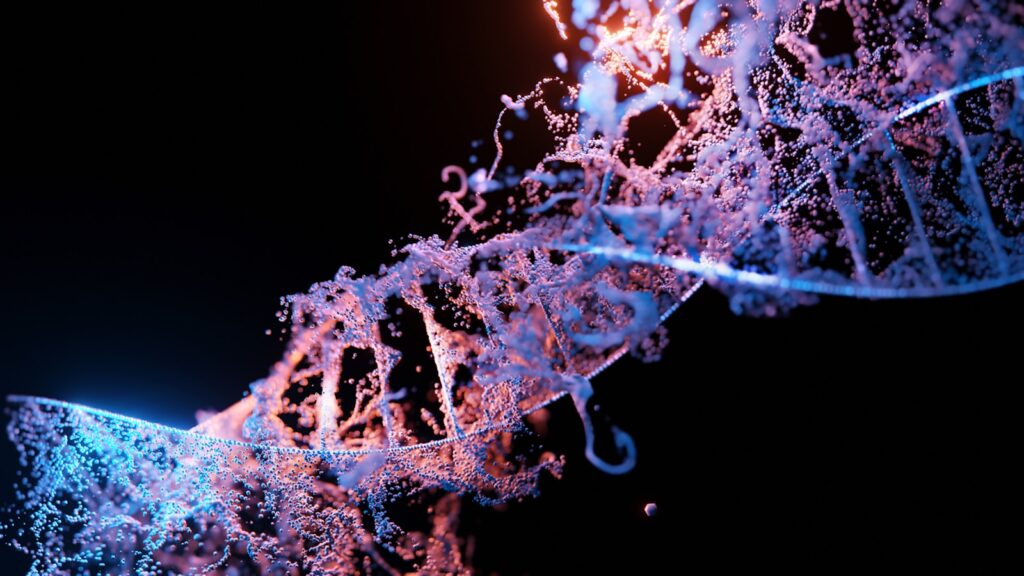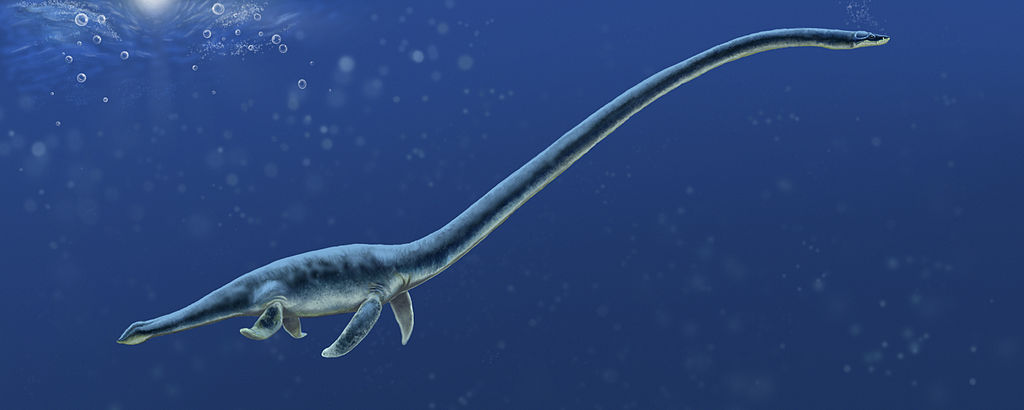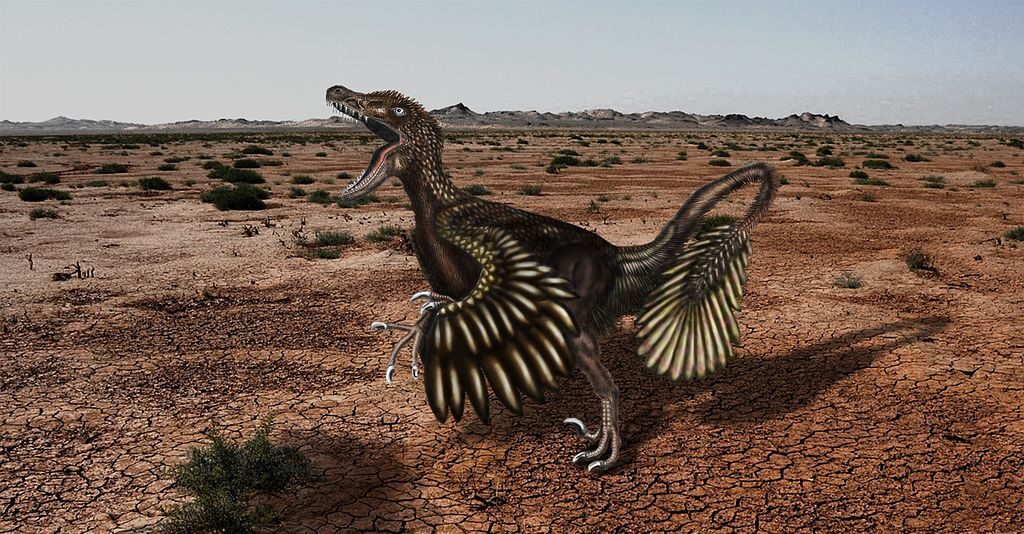The Cretaceous period, spanning from 145 to 66 million years ago, represented the final chapter in the Age of Dinosaurs—a time when these magnificent creatures reached their evolutionary peak in both diversity and specialization. While dinosaurs had already dominated Earth for over 100 million years by this point, the Cretaceous offered a unique combination of environmental conditions that particularly favored dinosaurian life. The period’s hot, humid climate—significantly warmer than today’s world—created a greenhouse Earth with lush vegetation and expanded habitats that allowed dinosaurs to diversify into countless ecological niches. This article explores how specific conditions of the Cretaceous period created the perfect stage for dinosaurs to thrive before their eventual extinction, examining the complex interplay between climate, geography, plant evolution, and dinosaur adaptations that defined this remarkable era.
The Greenhouse World of the Cretaceous
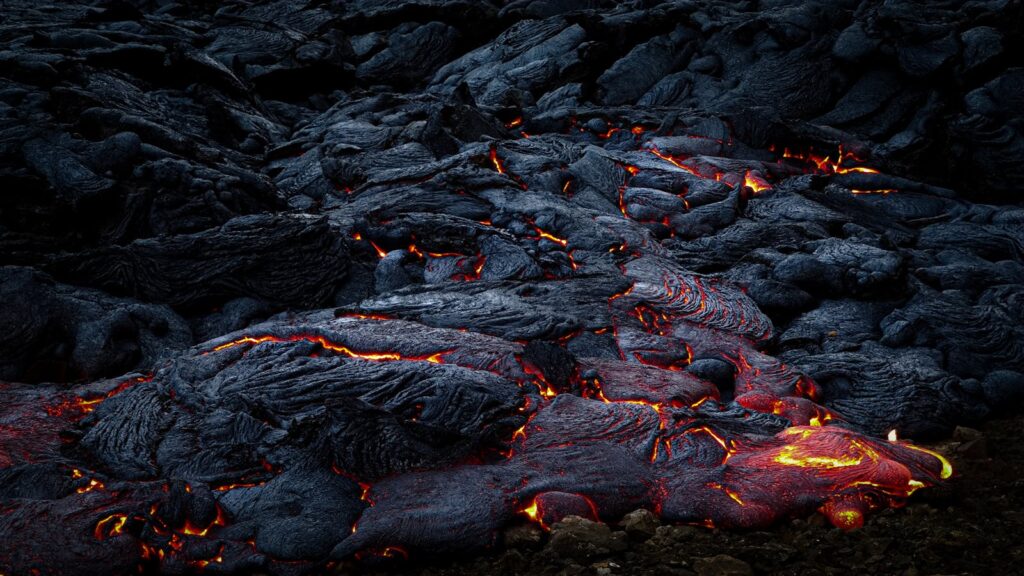
The Cretaceous period witnessed some of the highest global temperatures in Earth’s Phanerozoic history, with average temperatures estimated to be 4-11°C warmer than today. This extreme warmth resulted from several factors, including elevated levels of greenhouse gases like carbon dioxide that reached concentrations up to four times higher than pre-industrial levels. Volcanic activity, particularly from massive flood basalt provinces such as the Deccan Traps, continuously pumped CO2 into the atmosphere. The arrangement of continents, which were still breaking apart from the earlier supercontinent Pangaea, created conditions where warm ocean currents could reach higher latitudes. Together, these factors eliminated polar ice caps entirely, created expanded tropical and subtropical zones, and established a climate regime that supported lush vegetation growth across much of the planet—essentially creating a global greenhouse that eliminated the cold temperature barriers that might otherwise have limited dinosaur expansion.
Polar Forests and Global Warmth

One of the most remarkable features of the Cretaceous was the presence of forests at the Earth’s poles—a testament to how different the world was from our current ice-capped poles. Paleobotanical evidence from both the Arctic and Antarctic regions reveals the existence of temperate forests that supported diverse dinosaur communities despite experiencing months of darkness during polar winters. In what is now northern Alaska, rich fossil beds have yielded remains of duck-billed hadrosaurs, horned ceratopsians, and even tyrannosaurs that lived year-round in these polar regions. The ability of dinosaurs to inhabit these high-latitude ecosystems demonstrates both the extent of global warmth during the Cretaceous and their remarkable adaptability to different environmental conditions. Although these polar dinosaurs likely experienced seasonal temperatures dropping to near freezing, the absence of persistent ice and snow created year-round habitable conditions that expanded the geographical range available to dinosaurian life.
The Rise of Flowering Plants

Perhaps the most revolutionary botanical development of the Cretaceous was the emergence and rapid diversification of angiosperms—flowering plants—which transformed terrestrial ecosystems and provided new food sources for herbivorous dinosaurs. While conifers, cycads, ginkgoes, and ferns had dominated plant communities through the earlier Mesozoic, angiosperms appeared in the Early Cretaceous and underwent explosive diversification by the mid-Cretaceous around 100 million years ago. These flowering plants established new ecological relationships with insects for pollination and created novel ecosystems with more diverse and nutritious food resources. For herbivorous dinosaurs, particularly the duck-billed hadrosaurs and horned ceratopsians that reached their peak diversity in the Late Cretaceous, flowering plants offered nutritional advantages with their more efficient growth strategies and higher protein content compared to earlier plant groups. This botanical revolution likely contributed to the evolutionary radiation of specialized herbivorous dinosaur groups by providing new dietary opportunities.
High Sea Levels and Continental Fragmentation

The Cretaceous period witnessed some of the highest global sea levels in Earth’s history, with oceans rising as much as 100-200 meters above current levels. This dramatic increase resulted from a combination of factors, including the absence of polar ice, thermal expansion of warmer oceans, and increased seafloor spreading that reduced the volume of ocean basins. These elevated sea levels flooded continental interiors, creating vast inland seas like the Western Interior Seaway that split North America and the Tethys Sea that covered much of Europe and the Middle East. The fragmentation of terrestrial environments by these shallow seas accelerated the breakup of dinosaur populations into isolated groups, driving allopatric speciation—the formation of new species through geographical isolation. This pattern of continental fragmentation contributed significantly to the remarkable diversification of dinosaur species during the Late Cretaceous, when each isolated landmass developed its own unique dinosaur fauna, often with endemic species found nowhere else on Earth.
Respiratory Advantages in High-Oxygen Environments
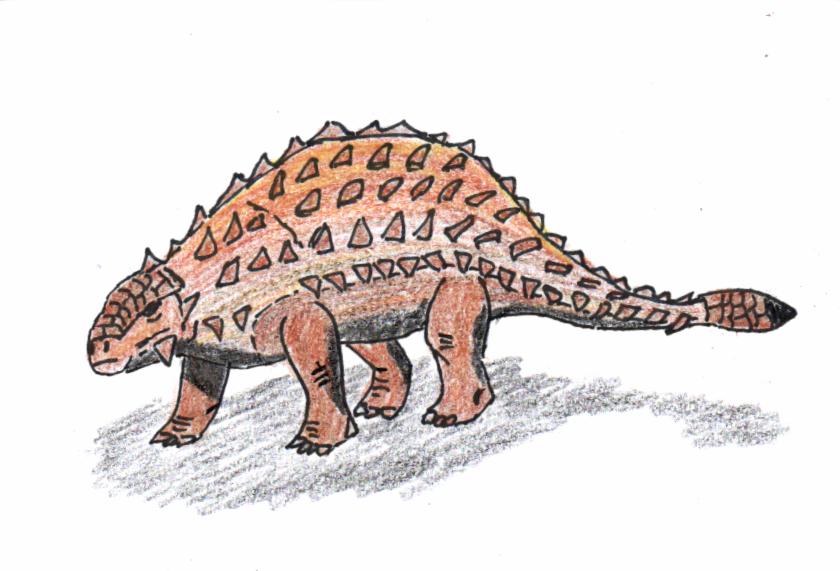
Dinosaurs possessed a respiratory system fundamentally different from mammals, featuring air sacs connected to their lungs that created a highly efficient one-way airflow system similar to that of modern birds. This avian-style respiratory anatomy gave dinosaurs a significant advantage in the Cretaceous environment, which some studies suggest had oxygen levels slightly higher than today—potentially reaching around 30% compared to our current 21%. The dinosaurian respiratory system allowed for more complete oxygen extraction and better cooling of internal body temperature during respiration. In the hot, humid conditions of the Cretaceous, this respiratory efficiency would have provided crucial advantages for maintaining activity levels and managing body temperature. Large dinosaurs in particular, with their lower surface-area-to-volume ratios and potential challenges in heat dissipation, would have benefited significantly from this efficient respiratory cooling mechanism in the greenhouse conditions that dominated their world.
Adaptive Radiation of Herbivorous Dinosaurs
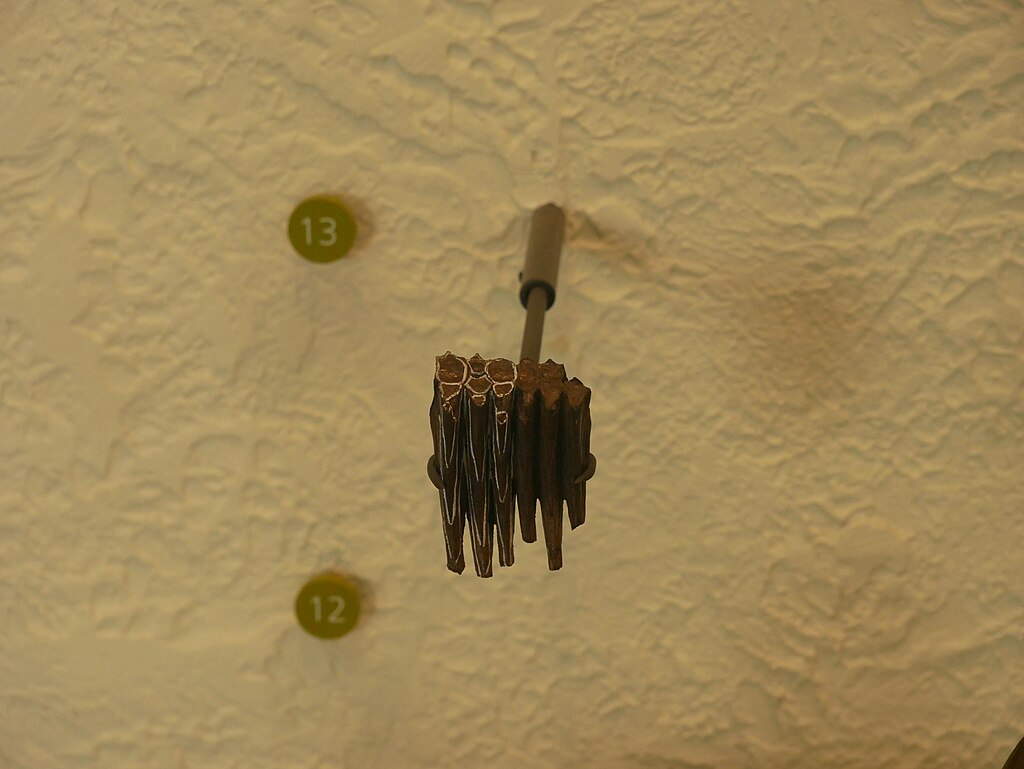
The Cretaceous period witnessed an unprecedented diversification of herbivorous dinosaur lineages, with specialized plant-eaters evolving to exploit different food resources in the increasingly diverse plant communities. Duck-billed hadrosaurs developed complex dental batteries with hundreds of teeth for efficiently processing tough plant material, while ceratopsians evolved beaks and shearing dental arrangements ideal for cutting through fibrous vegetation. The ankylosaurs and nodosaurs developed specialized intestinal adaptations for fermenting plant matter, while sauropods maintained their strategy of minimal processing through their long necks that allowed selective feeding on high-quality plant parts. This specialization in feeding strategies allowed multiple herbivore groups to coexist within the same ecosystems by partitioning food resources. The rich vegetation supported by the warm, wet Cretaceous climate provided the abundant plant biomass necessary to maintain these diverse herbivore communities, which in turn supported various predator species in complex food webs.
Theropod Diversification and Specialization

Carnivorous theropod dinosaurs reached new heights of evolutionary diversity during the Cretaceous, developing specialized adaptations for different predatory lifestyles in response to the abundant prey resources. The tyrannosaurids evolved from relatively modest-sized ancestors into the massive apex predators like Tyrannosaurus rex, with reinforced skulls capable of delivering bone-crushing bites. Meanwhile, smaller dromaeosaurids like Velociraptor developed sickle-shaped killing claws and enhanced agility for pursuing swift prey. The bizarre therizinosaurs transitioned from carnivory toward herbivory with their elongated claws and specialized dentition. Perhaps most notably, the Cretaceous saw the continued refinement of avian features in maniraptoran theropods, with many lineages developing advanced feathers, reduced body size, and adaptations for improved flight capabilities. This extraordinary diversification of theropods demonstrates how the rich ecosystems supported by the Cretaceous climate allowed for ecological specialization and the filling of numerous predatory niches.
Mesozoic Marine Reptiles in Warm Seas

The extensive shallow seas created by high Cretaceous sea levels fostered diverse marine ecosystems that, while not inhabited by dinosaurs themselves (which remained exclusively terrestrial), supported numerous marine reptile groups that thrived under similar warm conditions. Mosasaurs—giant marine lizards reaching lengths of 15 meters—became the dominant ocean predators of the Late Cretaceous after the earlier decline of ichthyosaurs and plesiosaurs. The warm, productive Cretaceous oceans provided abundant food resources for these marine reptiles through complex food chains based on newly evolved marine microorganisms, including diatoms and coccolithophores. On land, dinosaurs benefited from these productive marine systems through nutrient cycling and coastal food webs that enriched terrestrial ecosystems. The interconnection between marine and terrestrial environments, enhanced by extensive coastlines from the flooded continents, created productive boundary ecosystems where nutrients flowed between different habitats, further enhancing overall ecosystem productivity to support large-bodied dinosaurs.
Physiological Adaptations to Heat

Dinosaurs possessed various physiological and anatomical adaptations that helped them thrive in the persistently warm conditions of the Cretaceous period. Many dinosaur groups likely possessed some degree of endothermy (warm-bloodedness) or mesothermy (an intermediate metabolic condition), giving them more stable internal temperatures than fully ectothermic reptiles. Evidence from bone histology showing rapid growth rates and vascularization patterns consistent with elevated metabolism supports this view of dinosaurian thermoregulation. Large dinosaurs also benefited from thermal inertia—their massive bodies resisted rapid temperature changes, helping maintain stable internal conditions despite environmental fluctuations. Among smaller theropods, extensive feather coverings likely played important roles in thermoregulation, possibly allowing for insulation during cooler nights or seasonal temperature drops. Additionally, many dinosaur groups evolved elaborate display structures like crests, frills, and sail-like features that may have served dual purposes as both visual displays and thermoregulatory surfaces for shedding excess heat in the warm Cretaceous environment.
The Advantages of Egg-Laying in Warm Climates

The reproductive strategy of dinosaurs—laying eggs rather than giving live birth—provided significant advantages in the consistently warm temperatures of the Cretaceous. Unlike mammals, which must maintain internal incubation temperatures through metabolically expensive processes, dinosaurs could utilize environmental heat to incubate their eggs, potentially reducing their reproductive energy investment. The warm, stable Cretaceous climate would have provided nearly ideal conditions for external egg incubation across much broader geographical ranges than would be possible today. Recent paleontological discoveries have revealed sophisticated nesting behaviors among many dinosaur groups, including colonial nesting sites with hundreds of individual nests, suggesting complex reproductive strategies that took advantage of favorable environmental conditions. For example, evidence of certain hadrosaur nesting sites in ancient Arctic regions indicates that even polar regions were warm enough during the Cretaceous summer to support successful egg incubation—something impossible in today’s polar climate and further evidence of the extraordinary global warmth that characterized the period.
Seasonal Rainfall Patterns and Dinosaur Migration

While the Cretaceous was generally warm and humid, climate modeling and geological evidence suggest it still experienced seasonal variation in rainfall patterns that influenced dinosaur behavior and ecology. Some regions likely experienced pronounced wet and dry seasons, particularly at mid-latitudes away from the consistently humid equatorial zones. Fossil trackway evidence and bone bed accumulations have led paleontologists to hypothesize that certain dinosaur groups undertook seasonal migrations to follow optimal conditions as these rainfall patterns shifted throughout the year. Large herds of herbivorous dinosaurs like hadrosaurs and ceratopsians may have traversed hundreds of kilometers annually to reach fresh feeding grounds or breeding areas in response to these seasonal changes. The relatively mild climate throughout the year meant that even during “winter” seasons, temperatures rarely reached freezing except at the highest latitudes, allowing for year-round activity in most regions. This climatic pattern, with variations in precipitation rather than temperature driving seasonal ecological changes, created dynamic ecosystems where dinosaurs evolved behavioral adaptations to exploit shifting resource availability.
Dinosaur Diversity Before the Extinction
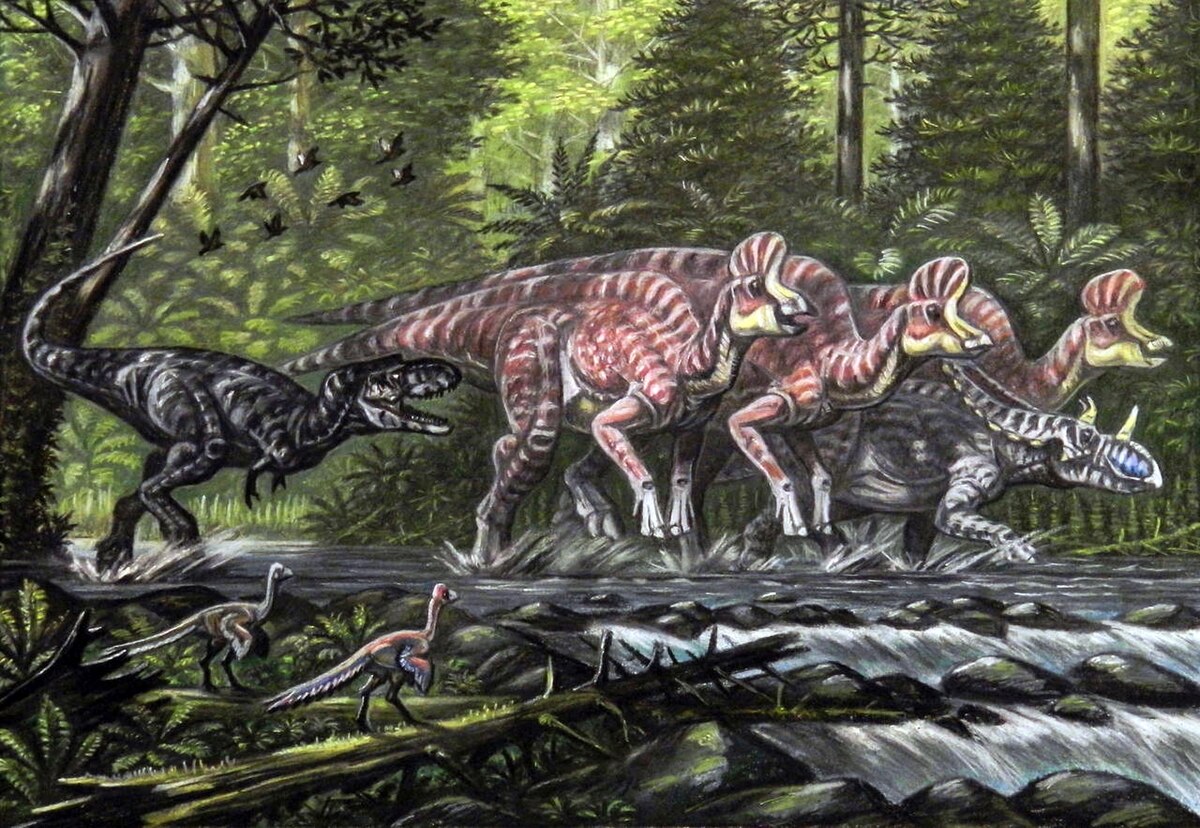
The Late Cretaceous, particularly the final 15 million years before the extinction event, represents the peak of dinosaur diversity and ecological specialization—a testament to how well-adapted they had become to the greenhouse conditions that had persisted for millions of years. Fossil evidence from formations like the Hell Creek in North America, Nemegt in Mongolia, and the Baruungoyot in Asia reveals incredibly diverse dinosaur communities with multiple species of tyrannosaurs, ceratopsians, hadrosaurs, and smaller theropods coexisting in complex ecological relationships. These dinosaur communities had evolved highly specialized feeding strategies, social behaviors, and ecological roles that allowed multiple species to partition resources within the same ecosystems. Ironically, this high degree of specialization that had evolved in response to stable Cretaceous conditions may have contributed to their vulnerability when the asteroid impact at the end of the period caused rapid, catastrophic environmental changes. The sudden shift from the greenhouse conditions in which dinosaurs had evolved and thrived for millions of years to the post-impact nuclear winter created environmental stresses that even the most adaptable dinosaur species could not overcome—except for the lineage that would eventually give rise to modern birds.
The Legacy of Cretaceous Climate Conditions
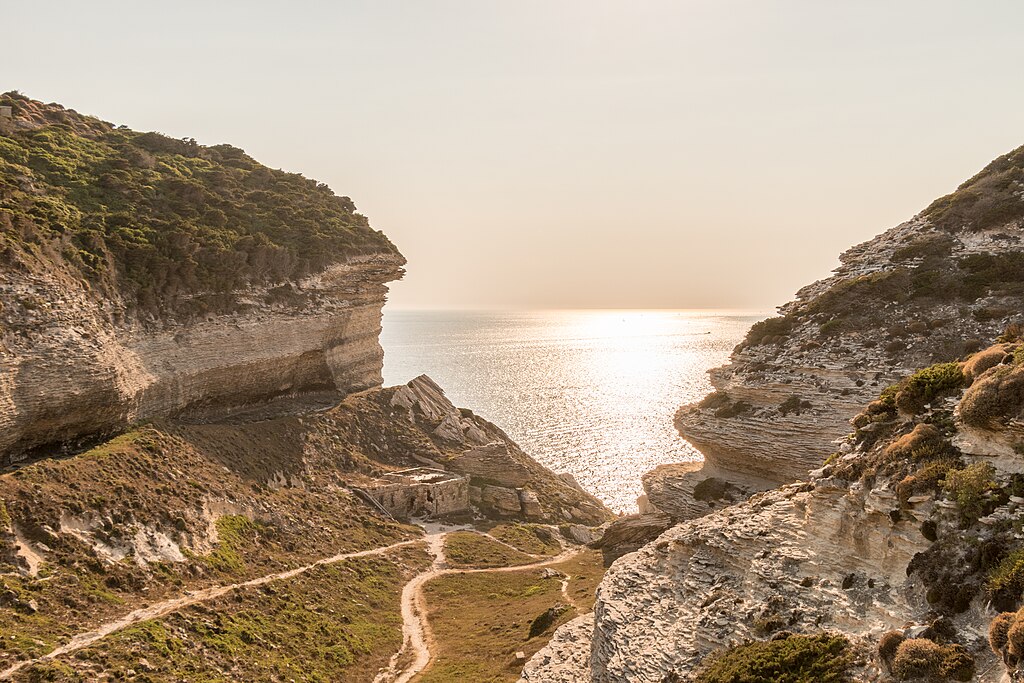
The extraordinary climate conditions of the Cretaceous not only shaped dinosaur evolution during their final 79 million years of dominance but also left lasting impacts on Earth’s biological and geological systems that persist to the present day. The warm, high-CO2 environment drove the development of coal deposits, petroleum reservoirs, and other fossil fuel resources that humans would extract millions of years later—ironically using the stored carbon from the very climate system that supported dinosaurian dominance. The extreme adaptive radiation of flowering plants during this period established the foundation for modern terrestrial ecosystems, with angiosperms now comprising over 90% of plant species on Earth. Additionally, the avian dinosaurs that survived the end-Cretaceous extinction event carried forward adaptations developed during this greenhouse period, including efficient respiratory systems and high metabolic rates that would later enable birds to become one of the most successful vertebrate groups in our modern world. Understanding how dinosaurs thrived in these greenhouse conditions provides valuable insights for paleontologists studying not only ancient ecosystems but also for scientists considering the biological implications of current and future climate change.
Conclusion
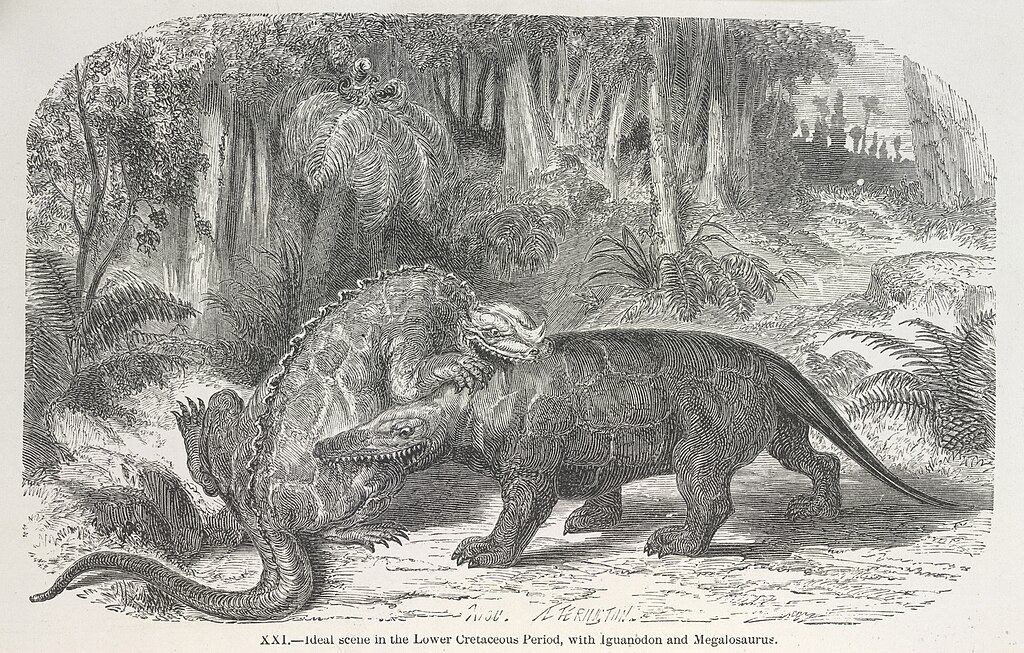
The remarkable success of dinosaurs during the Cretaceous period resulted from a perfect alignment between their evolutionary adaptations and the prevailing environmental conditions of a greenhouse Earth. The combination of elevated temperatures, high atmospheric CO2, abundant rainfall, and the rise of flowering plants created ecosystems of extraordinary productivity that could support the energy requirements of enormous herbivores and their specialized predators. Dinosaurs’ unique respiratory systems, varied thermoregulatory strategies, and reproductive approaches were particularly well-suited to these warm, humid conditions. While this climate ultimately contributed to their extraordinary diversity and 165-million-year evolutionary success story, the abrupt change from these conditions following the asteroid impact proved insurmountable for all but their avian descendants. As we face our own era of climate change, the story of how dinosaurs thrived in the hothouse Cretaceous offers both cautionary lessons about the vulnerability of specialized species to rapid environmental shifts and inspiration about the remarkable adaptability of life to Earth’s ever-changing conditions.


